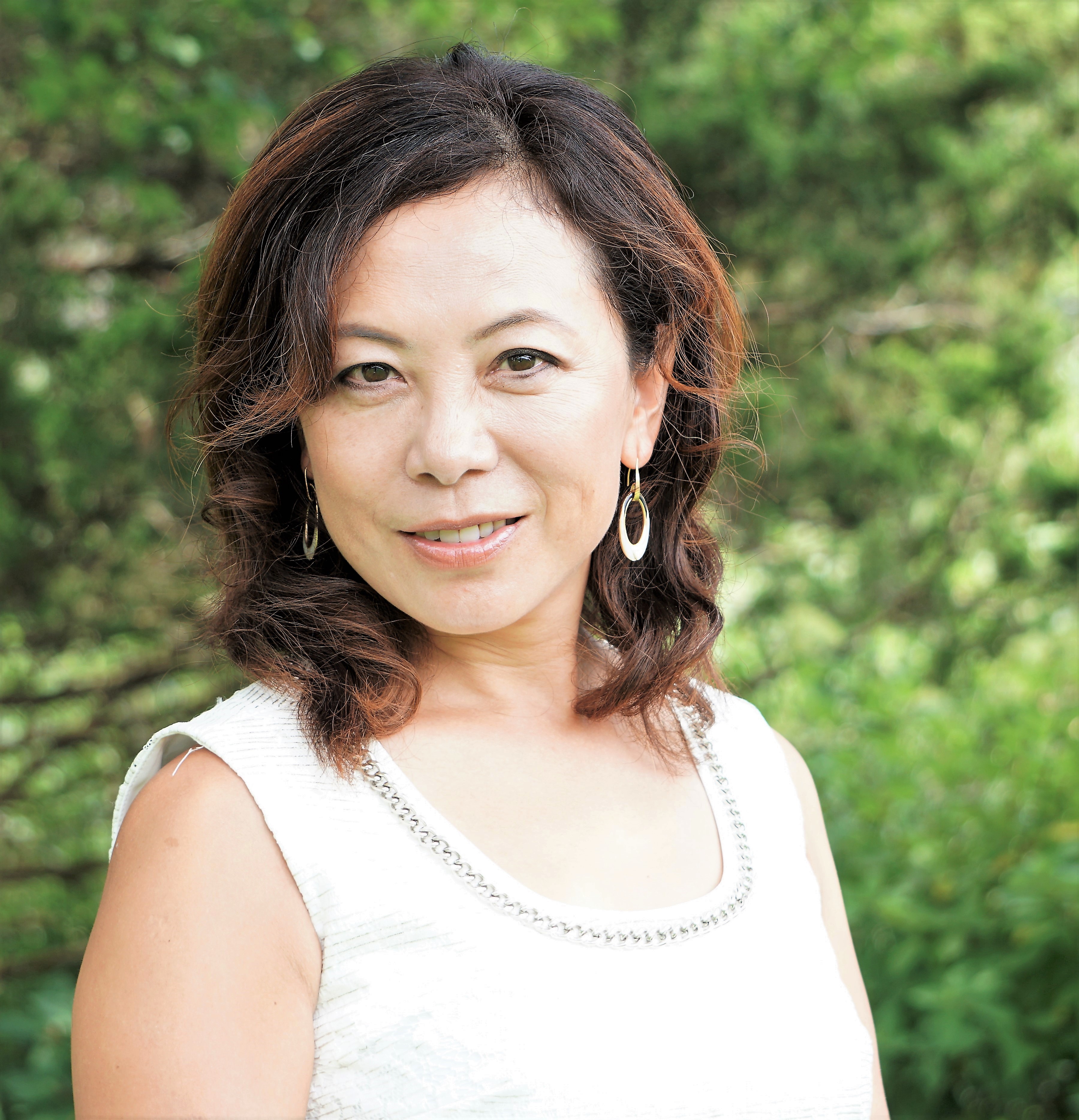- Exchange-traded funds have become wildly popular in the past decade, and account for a quarter of all trading activity on exchanges.
- We spoke to Linda Zhang, the founder of ETF investment management firm Purview Investments, about her firm’s strategy in a saturated market, how she’s helping women in the asset management space, and the future of the investment industry.
As the index and exchange-traded fund industry continues to attract assets away from mutual funds, investors are demanding more and more nuanced vehicles to express a wider range of investment strategies.
There’s an ETF for almost everything, from Catholic companies to green and eco-friendly investments. Right now, the number of indexes exceeds the total number of listed equities in the world by about 70 times.
As a result, active ETFs – those that track a bespoke index created for a particular point of view on a sector or theme – are on the rise, particularly since they retain the low-cost transparency that makes the structure so popular among investors.
We spoke to Linda Zhang, Ph.D., CEO of Purview Investments, a registered investment advisor that offers actively-managed ETF portfolios focused on global and impact strategies. Her investment approach incorporates the impact on the world – whether that be through environmental screens, good governance or gender equality – along with risk and return.
Dr. Zhang, a veteran of State Street and BlackRock, also co-founded Women in ETFs, the first women networking group devoted to the industry.
We spoke with her to learn more about where investors are heading when they don't want to sacrifice values for performance, and why all we all own the issue of trying to close the gender gap in asset management.
How do you differentiate yourself when Exchange-Traded Funds seem to be highly commoditized? How do niche products attract flows?
The ETF industry has experienced phenomenal growth thanks to the competition among the product providers and the ever-rising demand for a cost-effective and transparent product structure. U.S. investors have over 1,900 ETFs to choose from, which provide low-fee exposure to nearly any investment thesis one might want. The commoditization of ETFs is great news for investors.
At Purview Investments, ETFs are the building blocks to our strategy. As an asset manager, we express our global investment views using ETFs on behalf of our clients.
Despite the proliferation of ETF products, we see more widespread adoption of what were once considered niche products, such as smart beta, thematic and active ETFs. The success of any niche product will depend on its sound long-term investment thesis, not a fad. Investor education is key: they need to know how to fit these products into an otherwise bland portfolio and how to avoid misusing them.
So tell me about Purview's portfolio and strategy.
At Purview, we make investment decisions in line with the principles of Environmental, Social and Governance (ESG). We offer ESG-focused, actively-managed ETF portfolios, a cleaner version of a global multi-asset strategy. Our hope is to "detox" one's portfolio without altering the risk and return profile of one's investment objective.
We think it's time to expand modern finance theory. For too long, investors have considered only two dimensions of investment, return and risk. It's time to add the positive ESG impact as the third pillar of modern finance - return, risk and impact. Together, they transform the traditional 2D Efficient Frontier line to a new 3D Efficient Surface. The new framework allows investors to choose cleaner and more equitable portfolios on the Efficient Surface at the same time meeting their return objective and risk tolerance.
In practice, we implement our investment views using ESG ETFs and Impact ETFs that provide exposure to global equities and fixed income. The ESG-labeled ETFs have a young history but have experienced a nearly 70 percent annual growth rate, as of the end of June 2018, off a small base. Purview is a pioneer in ESG investing through ETFs. We see ripples ahead and potentially waves coming.
Who tends to invest in themes? Is there more interest on the institutional side vs. retail? Where is growth coming from?
We have seen strong interest from both individuals and institutions. On the individual side, it may surprise you to hear that we currently have more men than women on our client list. The stereotype that men don't care about ESG investing is simply not true.
We also field many inquiries from millennials. In general, they get the impact dimension of the equation very quickly and want to be part of that new investment paradigm. We're currently working on ways to allow more of them to become direct Purview clients without the hurdle of a minimum, a typical feature of the SMA structure.
Meanwhile, institutions have been behind ESG investing for years, especially in Europe. Many have invested in real projects, mutual funds and SMAs of individual securities. We're now seeing endowments, emerging manager programs at large pensions and pension consultants take notice of our ESG ETF-based strategy as a cost-effective, transparent and liquid alternative to complement their portfolio allocation. They need impact investing through the public markets.
Talk a bit about Women in ETFs. What is its mission and how is it helping women in the asset management space?
Women in ETFs (WE) was founded by five women in 2013, the year I entered the ETF ecosystem. We envisioned a network to connect, support and inspire women and all genders in the industry - and WE has exceeded all expectations. We now have more than 4,000 members globally.
Our mission is to address and close the gender gap issue in asset management. This is not just a women's issue or a men's issue - it's ours to own and solve.
We are currently launching the WE Speaker's Bureau aimed at addressing the conference panel gender gap. Thus far, we've received strong support from Inside ETFs, Morningstar and IMN. Our goal is to raise the number of women panelists to 25 percent in the next 18 months from its current levels in the mid-teens.
As a leader and mentor of young women in the space, what are some of the challenges they face?
The root gender issue our industry faces is that women are often not being heard by colleagues and leadership in the industry. It's even worse for young women. Women's interest, drive and talent are all there. Unfortunately, we're still facing a culture that neither pays nor promotes women at the rates on par with men, and that's in part because asset management is stuck in a connections-based mindset versus a results-oriented one. This stifles innovation and shuts out diverse talent. So not only is it immoral, it hurts companies' bottom line. We have to change that, and quickly.
What are the biggest culture differences between the ETF and mutual fund worlds?
The ETF world tends to encourage transparency, innovation and collaboration among different parts of ecosystem. That makes sense, because the industry arose, in part, out of a demand for those values in investing. Meanwhile, the mutual fund world still emphasizes "secret sauces" and proprietary processes over openness and collaboration. It's not the winning mindset, nor the industry trend.Are you seeing more blended portfolios incorporating passive and active products?
More sophisticated managed portfolios are using a blend of passive and active products because this approach allows them to balance cost-efficiency with their investment precisions. But most robo products at brokerage firms still use plain vanilla passive products. Asset management firms, like Purview, are changing that, giving investor options for more advanced products.How are mutual fund managers still justifying fees?
It puzzles me, with the exception for those truly active, less-correlated funds that will always appeal to some investors.What do you think the industry will look like in 5 to 10 years?
I can foresee three possible trends. First, we'll see the continuation of the migration of mutual funds to ETFs. Mutual funds will suffer more outflows to ETFs, especially in those most efficient and most-followed asset classes.
The second trend is the integration of the mutual fund and ETF businesses. More mutual fund shops will see the opportunity on the wall and want to, or have to, create transparent, liquid and cost-effective investment vehicles of their own.
And finally, I think that mutual fund firms have a precious opportunity to become some of the best active ETF providers, because they already have some of the best investment talent. They just need to be comfortable with the fact that ETFs are the product structure of the future.
Kiki O'Keeffe works in strategic communications at Makovsky and is a writer in Brooklyn.

